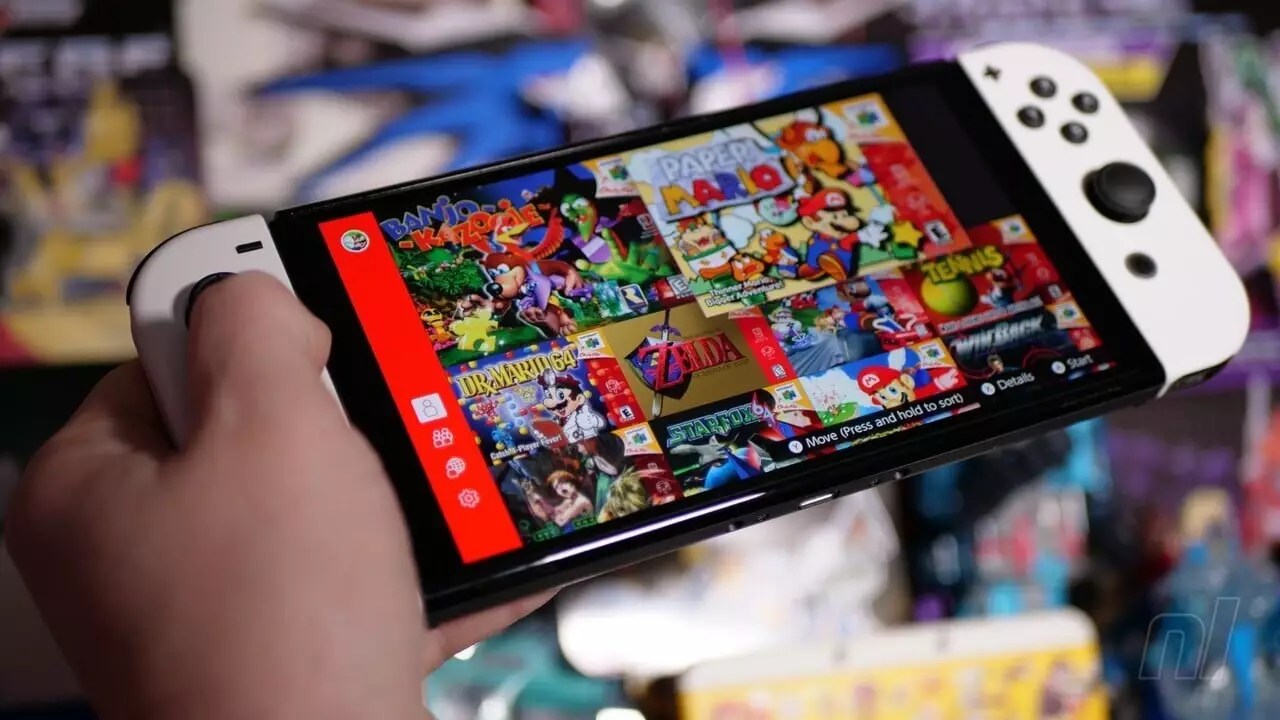Nintendo has long been at the forefront of retro gaming, allowing fans to revisit cherished titles from their past. Before the advent of Nintendo Switch Online (NSO), players had the opportunity to purchase and download retro games through the Virtual Console service. This platform provided a convenient way to access classic titles from systems like the NES and SNES, fostering nostalgia among long-time fans and introducing new players to timeless gaming experiences.
The gaming landscape has evolved significantly, with subscription models emerging as a dominant force. Nintendo’s NSO service replaced the Virtual Console, offering players access to a curated library of retro titles. However, recent leaks suggest that Nintendo had further plans for its retro gaming strategy. According to a blog by dataminer LuigiBlood, it was initially envisioned that the Switch Virtual Console, codenamed “Clipper,” would blend traditional gameplay with modern online features, including netplay and interactive elements designed to recreate the nostalgia of classic gaming experiences.
Development of “Clipper” reportedly began around 2015 through a collaboration between iQue and the development firm M2. This program was intended to bring the essence of the Virtual Console to the Nintendo Switch, combining single purchases with online accessibility. Notably, early announcements hinted at a model where subscribers would receive a free monthly game, a feature reminiscent of the original Virtual Console. This aspect of “Clipper” may have been an attempt to both monetize the nostalgic appeal and expand the user base of the NSO service. However, these plans reportedly fizzled out by mid-2017, coinciding with the formal launch of the NSO library.
The transition from “Clipper” to the new project “L-Classics” marked a significant pivot in Nintendo’s approach toward retro gaming. While “Clipper” seemed aimed at preserving the original Virtual Console experience, “L-Classics” shifted focus and laid the groundwork for the current NSO model. This transition raised questions among fans about what might have been, as concepts like CRT mode and nostalgic animations were left behind in favor of a more streamlined distribution model.
Fans of classic gaming might wonder whether the prospect of “Clipper” could have offered a richer experience than the present NSO. While the subscription service has its merits, including regular updates and the integration of online play, it may lack some of the personalized engagement and nostalgia that an enhanced version of the Virtual Console could have fostered. The potential for special features, such as TV noise effects and power button sound effects, could have deepened the connection players felt with classic titles.
Ultimately, the evolution of Nintendo’s approach to retro gaming reflects broader trends in the industry. While the NSO provides access to a range of classic games, the loss of “Clipper” signifies a divergence from a more personalized gaming experience. As fans continue to cherish their favorite titles, one has to wonder: would the revival of the Virtual Console have provided a more satisfying retro experience for the Nintendo community? Although we may never know, the dialogue about nostalgia, accessibility, and innovative platforms will certainly continue.


Leave a Reply